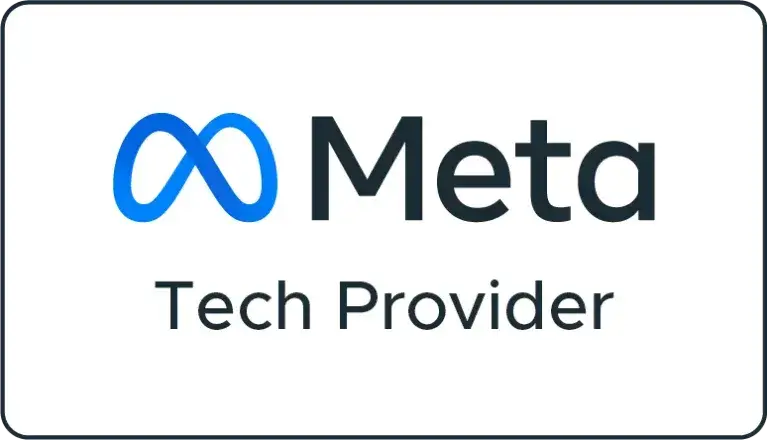Welcome to Digital Marketing Helpline, your partner in achieving social media success. Our expert team designs and executes tailored social media campaigns that enhance your brand’s visibility, engage your audience, and drive conversions.


We offer reliable social media management services that ensure your social media profiles are always active and engaging. From scheduling posts to monitoring your social media performance and engaging with your audience, we've got it covered.
Our social media advertising services can help you reach your target audience with precision. We'll help you create effective ad campaigns that drive traffic, generate leads, and increase sales for your business.
How often do you check your Facebook each day? Your X (Twitter) feed? Instagram? Pinterest? Pretty often, right? Now think about how often your customers or prospective customers use those same networks. That’s a huge opportunity!
Our social media experts know the right way to approach each social network to help you grow your following and succeed with social media marketing.
Utilizing a distinctively different approach to cultivate success, our team accelerates your social media presence with creative, compelling and engaging posts designed to encourage your customers to take action.
Whether you’ve been on social networks for a while or are just getting established, it is key to develop your brand and promote it. Understanding how each network can work for your business is paramount. With each social network that exists, there also exists a different user group who utilizes that social outlet.
Not all social media networks are effective for every business. Our team will help you determine where your customers are spending their time online, and how to market to them appropriately.

Stand out from the crowd on the most popular social network in the world. With more than 2 billion active users, you need to take full advantage of this wildly popular social network. Our team develops immersive and forward-thinking social media strategies, including promotional contests and content curation, that are relevant to your industry.
Facebook is a platform that has consistently adapted to the marketplace and created new ways to connect with users. From Facebook Messenger to the acquisitions of Instagram, Facebook understands the ever-changing dynamic of the technology-driven world we live in.
As a business owner, you need to take full advantage of the opportunity to capitalize on such a large, engaged audience. Users flock to Facebook to get a sneak peek at what their favorite brands are up to, as well as share their experiences with a particular brand or company.
Having a strong Facebook presence will allow you to connect with your loyal following, engage new prospects, and gain valuable feedback for future projects.
With over 500 million daily active users, Instagram cannot be ignored. A strictly visual platform geared toward brand awareness and showcasing products to your audience. Instagram users actively engage with brands – 80% of all users currently follow a business.
Instagram marketing provides a way to stimulate awareness, cultivate desire and promote your brand in a personal, authentic way.


Drive traffic, generate new leads and hire qualified candidates by joining LinkedIn’s network of over 467 million users. It’s the social platform where professionals go to connect and network, which offers opportunities for new customers and increased revenue.
Whether you’re looking to establish your brand as a thought leader in your industry or hire qualified candidates, don’t leave LinkedIn out of your social media marketing strategy.
LinkedIn marketing strategy offers your business a chance to establish yourself as an expert in your industry by sharing content, joining group discussions, and connecting with other professionals. Are you looking to expand your business and add new talent? You can do that too by posting job applications right on LinkedIn.
As one of the most popular social networks, X (Twitter) has become a great place for businesses to connect with current and prospective customers. With 74% of users more likely to buy from a brand they follow on X, there’s no better time to get started!
X Marketing allows your company to:


The ultimate discovery network, effective Pinterest marketing shows and tells consumers what your brand is all about. Encouraging more purchases than any other social platform, Pinterest is essentially an online bulletin board where users curate or “pin” eye-catching images of food, clothes, and so much more. Pins drive more revenue to ecommerce stores than any other social share. Is your business on Pinterest yet?
Pinterest is labeled a social network, but, similar to YouTube, it functions more like a search engine. Rather than posting status updates, users search for products, quotes, ideas, or images that they want to pin to their own boards or share with others. Users not only pin or “like” items they discover on Pinterest, but 87% of users have purchased something because of Pinterest.
Created by the worlds’ most popular search engine, Google Business Profile (formerly Google My Business) not only helps you easily connect with your audience, but can also help you gain valuable credibility online.
Google Posts provides a new way to connect with people who are actively searching for your business. Utilize images, GIFs and video to catch your audiences attention directly from the search results page. This search feature allows you to direct users to the content you want them to see.


With over 6 billion hours of video watched every month, YouTube has cemented its position as the top video sharing website in the world. Whether you have commercials, how-tos, “about us” videos, or slideshows, YouTube is prime real estate for having your videos discovered.
Enhance your searchability on the world’s 2nd largest search engine with YouTube marketing. Your YouTube presence can be an educational resource, a brand builder, or both. Since Google owns it, videos are often displayed among its search results; and you’ll maximize your visibility by investing in video optimization and marketing on your YouTube channel.
At Mainstreethost, we work with you to develop a YouTube strategy that will help ensure your productions appear more prominently in YouTube search results.
Expert Team: Our team of seasoned social media experts understands the nuances of various platforms and employs data-driven strategies to maximize your ROI.
Tailored Strategies: We don’t believe in one-size-fits-all solutions. Each campaign is customized to align with your business goals and target audience.
Comprehensive Services: From content creation and community management to paid advertising and analytics, we offer end-to-end solutions for all your social media needs.
Proven Results: We have a track record of driving significant growth in engagement, leads, and sales for our clients across diverse industries.

Based in India, Digital Marketing Helpline is your go-to partner for stunning websites, seamless apps, and powerful online stores. Boost your brand on Google, Facebook, Instagram, and more. Let’s transform your digital journey together….
Shiv Nagar, Mission Rd, Sundargarh, Odisha 770001
Action Area 1, Rajarhat, New Town, Kolkata, West Bengal 700156













Proudly Made with ❤️ in India.